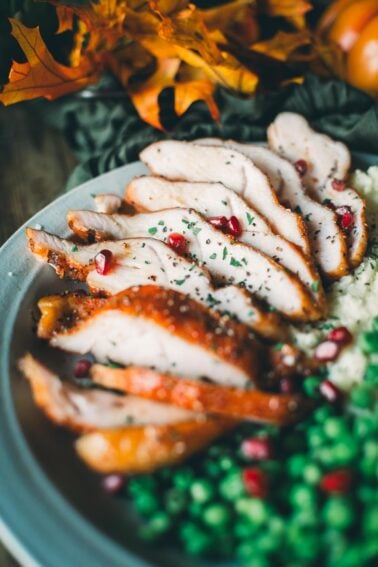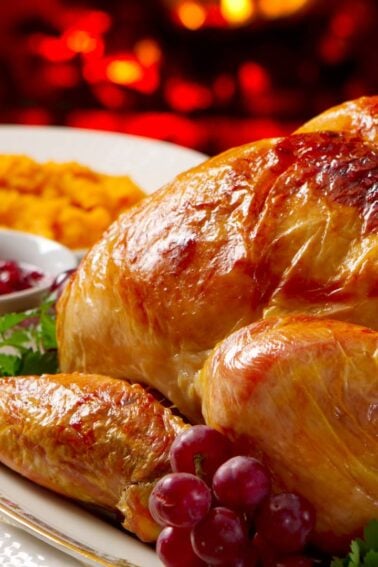When it comes to beef, not all cuts are created equal. The breed of cattle from which the beef originates plays a significant role in its flavor and texture. Understanding these differences can help you make more informed choices at the butcher or grocery store, whether you’re selecting premium steaks or cuts for slow cooking.
Marbling and Fat Content

One of the most well-known factors affecting beef taste is marbling. Breeds like Angus and Wagyu are renowned for their high intramuscular fat, which gives the meat a juicy, tender texture and a rich flavor. This marbling is not just a visual attribute, but it also significantly influences the way beef cooks and tastes. On the other hand, leaner breeds such as Limousin or Charolais have less marbling, which can result in a slightly tougher texture.
These breeds are often preferred for their lower fat content, appealing to those aiming for healthier eating without sacrificing taste entirely.
Muscle Structure and Fiber

The muscle structure and fiber of the breed also affect how the beef tastes and feels in your mouth. Breeds with finer muscle fibers, like Wagyu, tend to have a more tender texture. This is due to the unique genetic makeup that promotes a finer grain of meat.
Conversely, breeds like Hereford or Brahman might have more fibrous muscle structures, leading to a chewier texture. This can be advantageous for certain dishes that benefit from a more substantial bite, such as stews or slow-cooked meals.
Diet and Grazing Patterns

The diet of cattle has a substantial impact on the flavor of the beef. Grass-fed breeds often have a distinct, earthy taste compared to grain-fed counterparts. This is largely due to the natural grazing patterns that contribute to the unique flavor profile of grass-fed beef.
Breeds that are primarily grain-fed, like many Angus cattle in the United States, tend to have a sweeter and fuller flavor. The finishing diet of cattle can also add nuances to the meat’s taste, making diet a crucial factor in the final flavor profile of beef.
Genetic Predispositions

Genetic predispositions play a crucial role in the taste and quality of beef. Certain breeds are genetically inclined to produce meat with specific taste characteristics. For example, Wagyu cattle have a genetic predisposition for marbling that is unparalleled by other breeds, resulting in their globally recognized flavor and tenderness.
Similarly, some breeds may have a genetic tendency to develop particular flavors or textures based on their physiology and biochemistry. Understanding these genetic factors can guide breeding programs and help producers enhance desirable taste qualities.
Aging and Flavor Development

Aging is a critical process that enhances the flavor of beef, and different breeds respond uniquely to this process. Breeds with higher marbling, such as Wagyu or Angus, often benefit more from dry-aging, which intensifies their rich, buttery flavors.
On the other hand, leaner breeds might be better suited to wet-aging, which preserves moisture and can enhance the flavor without making the meat overly rich. The aging process is a science in itself, as studies show, and its impact can vary greatly depending on the breed of the cattle.
Hungry for more? Subscribe to our newsletter and become part of the world’s best meat community! From grilling tips to smoky secrets, we send you the best recipes, guides, and expert advice to master every cut.













